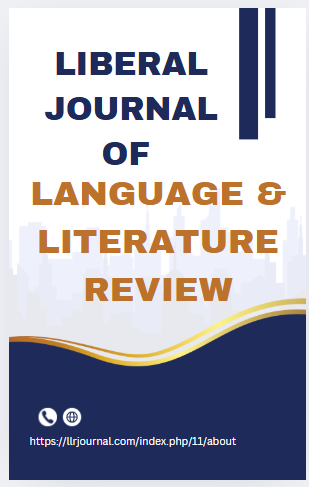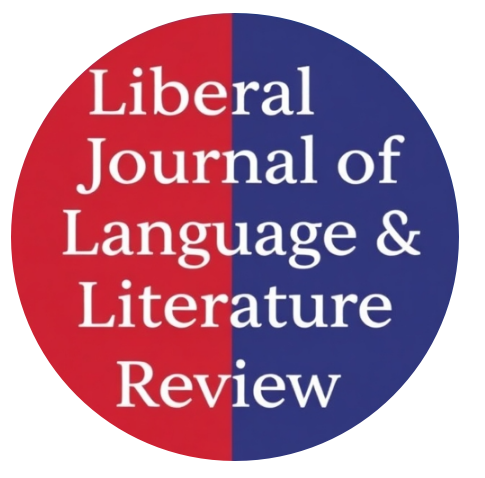Morphological Changes of the English Language from the Seventeenth to the Twenty-First Century: A Comparative Study of Shakespeare's Sonnet 146 and Carol Ann Duffy's Meditation
Abstract
This study compares Carol Ann Duffy's 'Meditation' and William Shakespeare's 'Sonnet 146' to examine English morphological changes. Verb conjugations, lexical invention, derivational morphology, and pronoun usage are reviewed to assess how Early Modern English changed into Contemporary English. This study descriptively analyses the texts to examine the diachronic morphological shift between these two poems. Data is collected by randomly picking stanzas from both poems. The study found morphological and lexical changes. These changes reflect deeper social-cultural developments like language equality and accessibility, which are appropriate for communication patterns and social position. This research also examines word formation patterns and discourse evolution from Shakespeare's creative and flexible derivation to Duffy's conventional compounding. English is an appropriate lingua franca today because this morphological modification emphasizes its universality, efficiency, and clarity. Conclusion this study shows how English morphological innovation reflects historical and cultural changes, demonstrating its pragmatic adaptability and endurance throughout centuries.
Keywords: Derivational morphology, Lexical innovation, Morphological evolution, verb conjugation, Early-Modern English, contemporary English




